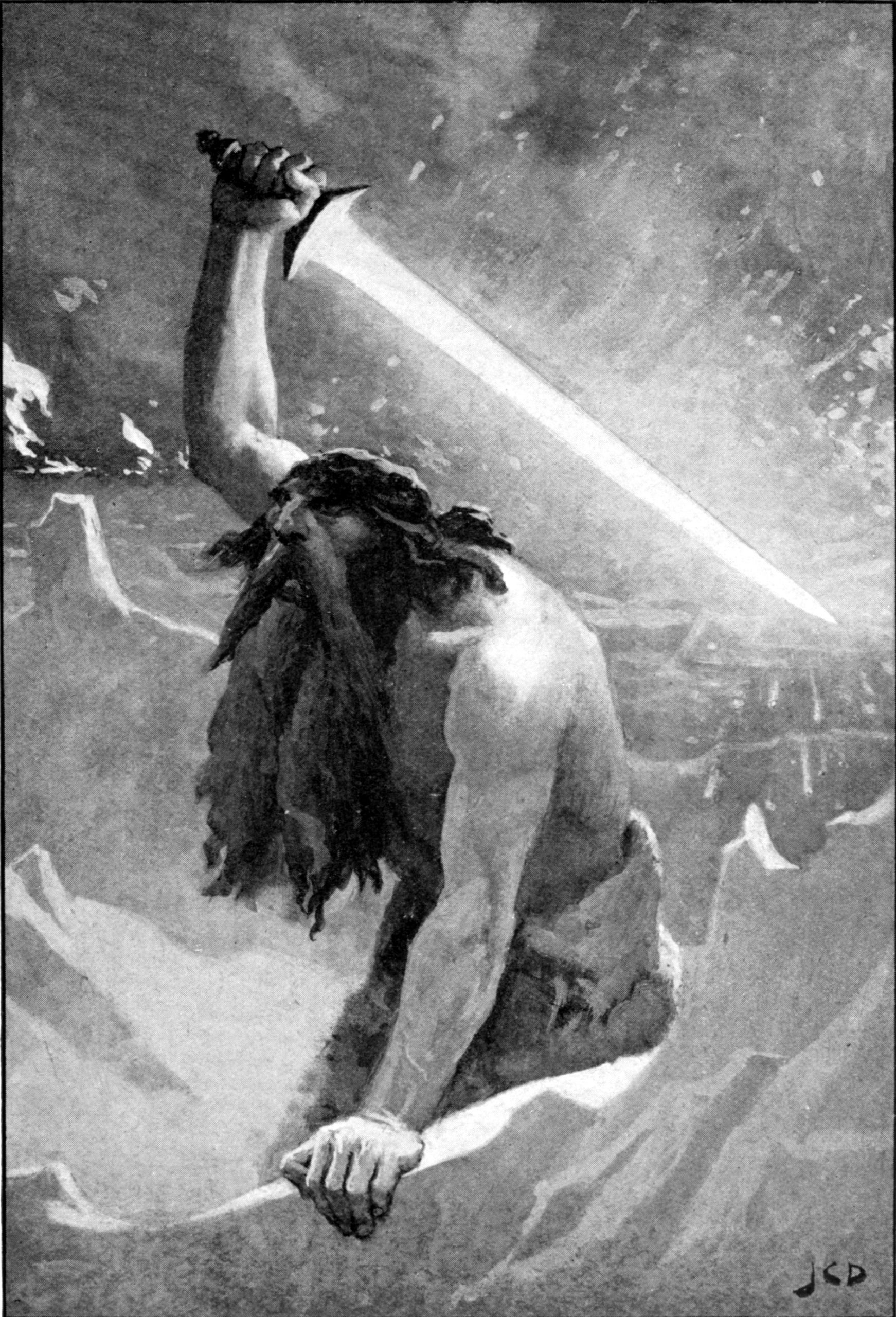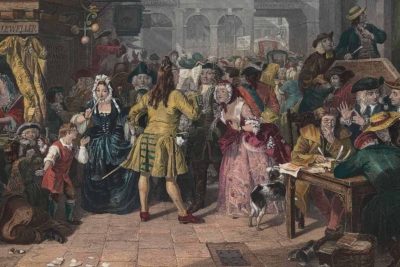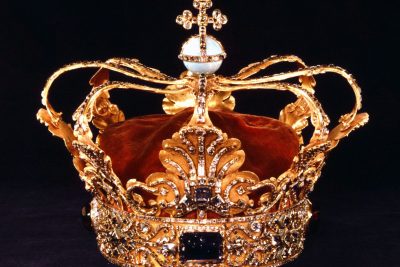
What Are the Origins and Significance of Surter in Mythology

In Norse mythology, Surter stands out as a significant figure known for his fiery domain in Muspelheim, a realm characterized by flames and chaos. His presence is not merely one of destruction but rather a complex embodiment of elemental forces, representing the balance between creation and destruction. As a formidable fire giant, Surter is not just a violent figure; his role in mythological narratives offers insights into ancient peoples’ understanding of fate, conflict, and the cyclical nature of existence.
The significance of Surter in mythological contexts extends beyond mere tales of conflict and doom. He is intricately linked to the apocalyptic event known as Ragnarok, which symbolizes both an ending and a new beginning. By examining the origins and multifaceted roles of Surter within Norse mythology, we can glean a deeper appreciation for the interconnected themes of destruction, renewal, and divine conflict that are prevalent in ancient stories.
Overview of Surter in Norse Mythology
Surter is primarily known as a fire giant who presides over the realm of Muspelheim. This fiery domain is one of the Nine Realms in Norse cosmology, and it serves as a counterpart to the icy expanse of Niflheim. The dwellers of Muspelheim, including Surter, are often depicted as wielding flames and embodying the primal force of fire. The contrast between Surter and other beings in Norse mythology, particularly the frost giants, exemplifies the ongoing struggle between elemental forces, a theme that recurs throughout many myths.
The Role of Surter in Muspelheim
Muspelheim, as the realm governed by Surter, is described as a blazing land filled with molten lava, fiery geysers, and relentless heat. As the chief of the fire giants, Surter’s responsibilities include maintaining the chaotic yet essential balance of his dominion. His fiery blade is emblematic of his power, signifying both protection and destruction, depending on the circumstances. In the context of Norse mythology, Surter's presence showcases how fire serves as a vital element that can both illuminate and consume.
Surter's Attributes and Symbolism
Surter is often characterized by his immense stature and his flaming sword, which collectively symbolize strength, chaos, and inevitability. His attributes extend to his control over fire, representing not just a source of warmth and life, but also the potential for destruction and death. The flame, as associated with Surter, serves as a reminder of the dual nature of existence in Norse thought—creation and destruction are interconnected and necessary for the cycle of life. Furthermore, Surter embodies the violent tumult inherent in the natural world, resonating with the experiences and fears of ancient societies who dealt with natural disasters and life’s fragility.
Surter and the Prophecy of Ragnarok
Surter's climax in mythological narratives comes with the prophecies surrounding **Ragnarok**, the end of the world in Norse cosmology. It is foretold that at this time, Surter will lead the fire giants against the gods. This apocalyptic battle marks a defining moment in Norse mythology, one that encapsulates the ultimate struggle between good and evil. Surter’s advance towards the battlefield known as Vigrid signifies the unleashing of chaotic forces that challenge the order established by the gods. The imagery of Surter breaking through Bifrost—an important cosmic pathway—highlights the fragility of the connections between different realms and the omnipotent force of destruction that Surter embodies.
The Significance of Surter's Battle with the Gods
The confrontation that occurs during Ragnarok underscores the significant role Surter plays in the broader narrative of Norse mythology. The battle not only serves as a culmination of conflicts between gods and giants but also as a mythological representation of existential themes such as mortality and the inevitable cycle of life. In this epic battle, Surter’s actions are pivotal; he is prophesied to kill the god Frey, who is notably unarmed and unprepared. This moment represents the vulnerability of the divine and reveals Surter's brute strength, which ultimately aligns with themes of fate and predestination pervasive in Norse tales.
The Aftermath of Surter's Confrontation
Following the destruction wrought by Surter and the fire giants during Ragnarok, the world is prophesied to face complete annihilation. Yet, it is also foretold that from the ashes of devastation, a new world will arise—a world characterized by peace and abundance. This duality of destruction leading to rebirth reflects deeper philosophical and theological themes within Norse mythology, indicating that death is not the end but a necessary precursor to new life. Surter’s role in this transformative process underscores the significance of destruction as a vital element of creation, emphasizing the cyclicality of existence.
Cultural Interpretations of Surter
The figure of Surter resonates differently across various interpretations and retellings of Norse mythology. In contemporary culture, Surter has found a place in literature, art, and modern media, often portrayed as a symbol of chaos and elemental power. This representation can reflect societal fears or a fascination with destruction and renewal, echoing the timeless themes found in ancient texts. Furthermore, the prominence of Surter in modern depictions may also shed light on humanity’s enduring struggle with nature and the unknown forces that shape existence.
Conclusion: The Legacy of Surter in Mythology
Surter’s legacy in mythology is marked by his embodiment of fire, chaos, and the dualities of existence. As a central figure in the narratives surrounding Ragnarok, he represents not only the force of destruction but also the potential for renewal and transformation that follows. The enduring appeal of Surter in both ancient and contemporary contexts speaks to the universal themes of conflict, fate, and the cycle of life that continue to resonate with audiences today. Understanding Surter allows us to appreciate the intricacies of Norse mythology and the rich tapestry of stories that have shaped cultural narratives over centuries.
Did you find this article helpful? What Are the Origins and Significance of Surter in Mythology See more here Education.
Leave a Reply






Related posts